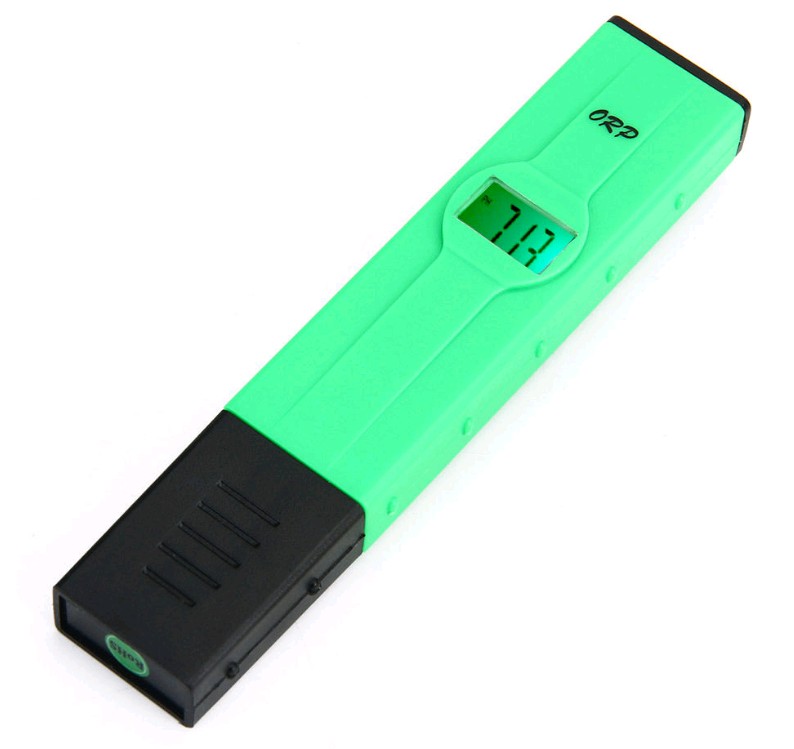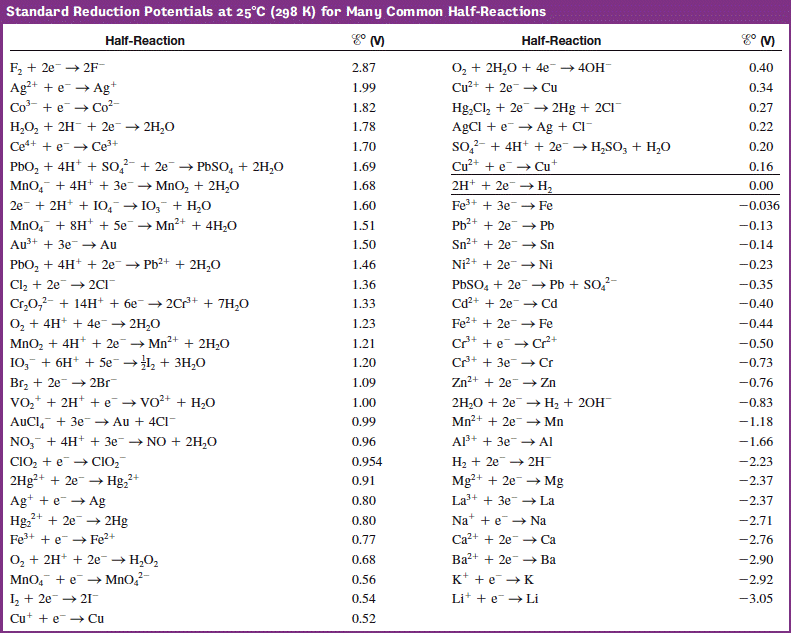What is an ORP meter and why is it useful in hydroponics?
Hydroponic growers are used to using pH and EC meters to control their growing conditions but very few use ORP meters in order to learn more about their nutrient solution. An ORP meter can give you very useful information and cheap ORP meters can usually be bought on ebay or amazon for less than 20 dollars each. Today we will talk about ORP meters, what they are, what they are useful for and how you can use them in your hydroponic crop.
–
–
An ORP meter or “Oxidation-Reduction Potential” meter characterizes the electrochemical environment within a solution. An ORP meter has two electrodes, a traditional reference electrode with a known potential and a platinum electrode whose potential changes depending on how hard the solution is pushing either to take electrons from the platinum electron or give it electrons. A solution that has a lot of substances that are willing to give electrons will tend to give a more negative reading and a solution that has more substances willing to take electrons will tend to give a more positive reading. The ORP reading is given in mV.
So how is this useful in hydroponics? It is useful in the sense that we can know exactly how the chemical environment is behaving. The ORP of potable water is generally around 600-700mV, this is because oxidants – substances that are willing to take electrons – are added to solutions in order to kill pathogens. The chemical environment needs to have an ORP of above 600mV to eliminate harmful fungal spores and bacteria. Of course this means that if you want to run a sterile hydroponic environment you’ll want to keep the ORP of your solution probably in the 300-500mV range, large enough to prevent any micro-organisms from growing but low enough to prevent any damage from happening to your roots.
In this way you can use things like hypochlorous acid and hydrogen peroxide to increase the “killing power” of your solution while knowing how harsh you’re making the chemical environment. The ORP will also give you signs about water oxygenation and biological activity within the water. A reductive environment – ORP below 100mV – will mean that there is a significant number of substances in the solution that want to give electrons and these substances are generally organic acids, bacteria, viruses or other organics molecules, like reductive sugars. If this is the case then it means that oxygen in solution has a short lifetime so you will want to increase your oxygenation significantly or your roots might be starved of this essential nutrient.
–
–
The chemical environment is determined by the sorts of half reactions that can happen in solution and this is also determined by the pH of your solution. The above table shows some of the most common electrochemical half-reactions that can happen in solution. For example in order to reduce molecular oxygen and obtain 4 electrons we need to produce hydroxide ions. This means that oxidation reactions will tend to increase the pH and therefore they are expected to become harder as the pH rises. We also have the opposite case for hydrogen peroxide where a more acidic solution is bound to prevent the oxidation of peroxide to molecular oxygen. It is worth noting that these are half reactions so in reality what always happens is that two half-reactions – for example oxygen reduction and Fe oxidation – are brought together to generate a chemical change in the environment.
In the end the ORP measurement gives you something that pH and EC measurements do not tell you, which is what the chemical environment looks like from an oxidation-reduction perspective. With this information it becomes easier to tell things like whether you’re lacking enough oxygenation, whether you’re adding too much hypochlorite or peroxide and whether or not you should be adding more or less microbes to your environment.

